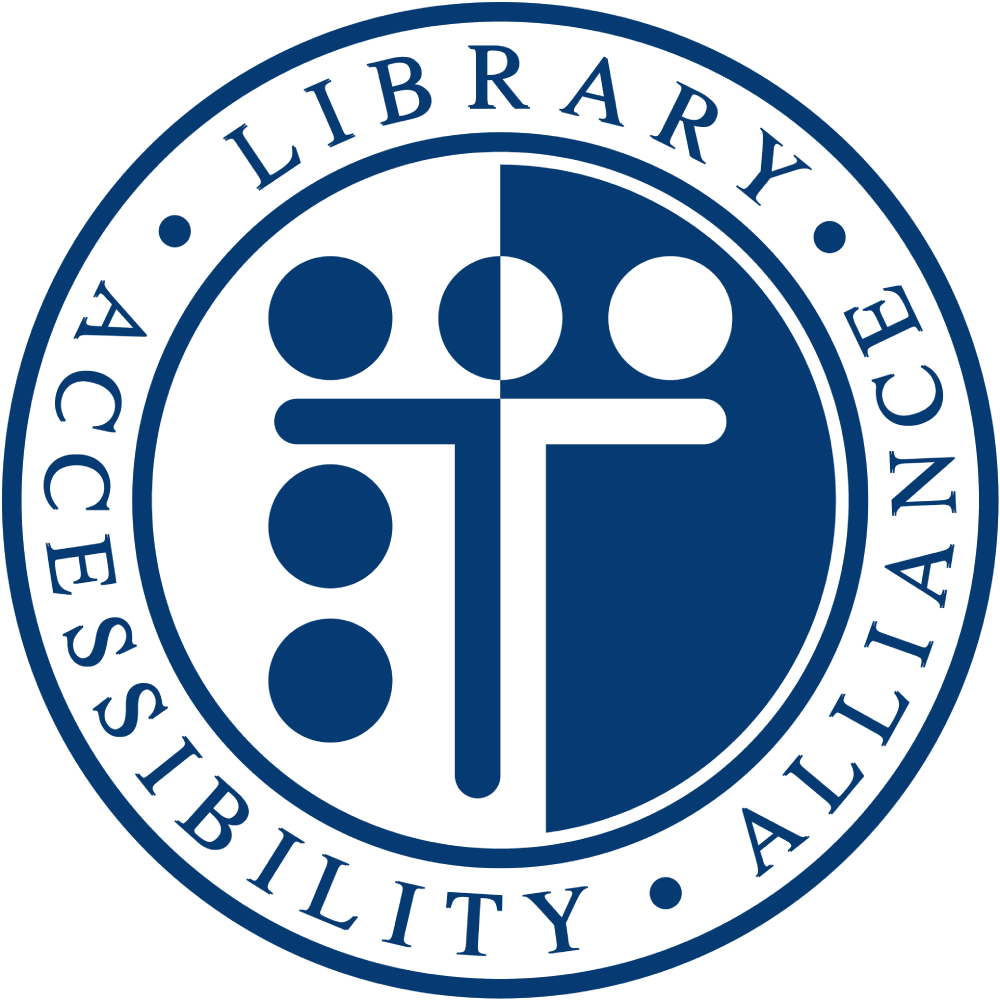Accessiblü conducted a high-level accessibility evaluation of the McGraw Hill AccessMedicine platform to assess its usability for individuals with disabilities. This evaluation specifically addresses whether issues identified in a previous 2019 accessibility evaluation have been resolved, while also identifying any new concerns. The review was conducted using JAWS and NVDA screen readers, keyboard-only navigation, and manual inspection for conformance to select WCAG 2.2 AA success criteria.
While McGraw Hill has made some improvements since the 2019 evaluation, accessibility barriers remain that prevent users relying on assistive technologies from fully utilizing the platform. The most critical barriers include autoplay content that disrupts screen reader users, keyboard navigation issues, inadequate focus indication, improper ARIA implementation, and missing alternative text for important content.
Addressing these concerns would significantly improve the experience for persons with disabilities and users of assistive technology, providing them with more equitable access to the educational resources within AccessMedicine.
Top 3 Issues
Autoplay Content with No Controls
- Brief Description: A carousel/video on the homepage autoplays and continuously announces journal covers to screen reader users without providing accessible controls to pause or stop playback.
- Impact: Screen reader users experience constant interruptions as the platform announces "Harrison's 21st edition cover," "CMDT 2025 cover," and other content while trying to navigate the page.
- WCAG Success Criteria: 1.4.2 Audio Control (A), 2.2.2 Pause, Stop, Hide (A)
Keyboard Navigation and Focus Issues
- Brief Description: Multiple interactive elements have poor focus management, with focus being lost or sent to unexpected locations, particularly in the search functionality.
- Impact: Keyboard-only users and screen reader users cannot successfully complete core tasks like searching for content or navigating search results.
- WCAG Success Criteria: 2.1.1 Keyboard (A), 2.4.3 Focus Order (A), 2.4.7 Focus Visible (AA)
Improperly Identified UI Components
- Brief Description: Navigation elements, menus, accordions, and buttons lack proper ARIA roles, states, and properties, with collapsed/expanded states not being announced.
- Impact: Screen reader users cannot determine the state of interactive elements or understand what will happen when activating them.
- WCAG Success Criteria: 4.1.2 Name, Role, Value (A)
Disabilities Impacted
Blind and Low-Vision Users
- Issues: Autoplay content constantly interrupts navigation, missing alternative text on key images, inadequate labels on navigation menus and form controls, and inconsistent heading structures.
- Impact: Blind users face significant friction when trying to perform basic tasks like searching for medical information or accessing book content, often unable to complete critical workflows.
Users with Motor Disabilities
- Issues: Poor keyboard accessibility, lost focus when submitting forms, unpredictable focus order, and inadequate visual focus indicators.
- Impact: Users who rely on keyboard navigation or alternative input devices cannot reliably navigate the platform or access search functionality, making core features inaccessible.
Neurodiverse Users
- Issues: Inconsistent navigation patterns, lack of clear structure, unexpected content changes, and insufficient visual cues.
- Impact: Neurodiverse learners may experience cognitive overload due to unpredictable behavior and poor information architecture, making it difficult to maintain focus on content.
 Library Accessibility Alliance
Library Accessibility Alliance